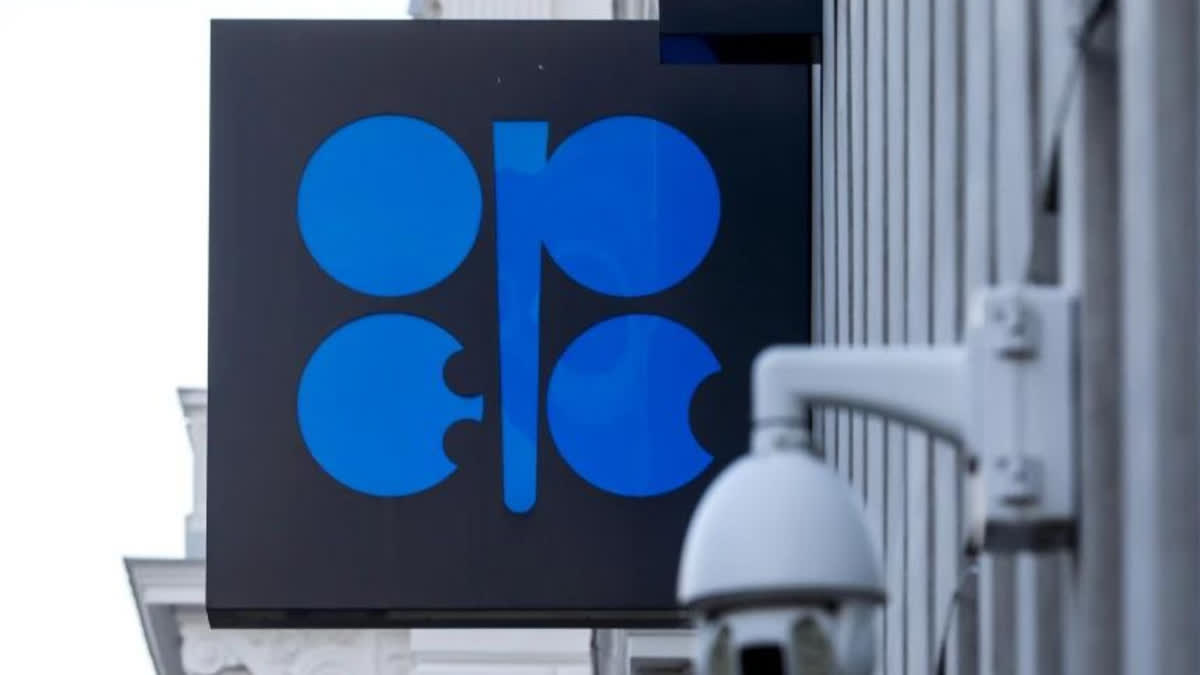London : The OPEC oil cartel led by Saudi Arabia and allied producers including Russia made another big swipe at propping up lagging crude prices Thursday, expanding some output cuts into next year and bringing up-and-coming oil supplier Brazil into the fold.
Lower oil prices have been a good thing for US drivers, who have been able to fill their gas tanks for less money in recent months. But it's bad news for OPEC+ countries whose oil income bolsters their economies and who have faced setbacks in pushing prices higher despite initial fears that the Israel-Hamas war could affect oil flows.
The OPEC+ oil ministers came out of an online meeting with more than 2 million barrels per day in voluntary cuts through the first three months of next year and declared that Brazil will join the bloc in January, bringing one of the world's fastest-growing oil producers into an alliance that is trying to rein in global supply.
However, sweeping cutbacks that have been imposed by OPEC+ and individual member countries since October 2022 have not made lasting changes to oil prices because of concerns about too much crude circulating in a weakening global economy, which could weigh on the thirst for oil for travel and industry. The market even shrugged off the new move, though it amounts to roughly 2 per cent of global supply.
Saudi Arabia led the deepening voluntary cuts Thursday, extending its reduction of 1 million barrels per day through March. It was followed by Russia, which said it is cutting 500,000 barrels per day, and then Iraq, the United Arab Emirates, Kuwait, Kazakhstan, Algeria and Oman with smaller amounts. Russia wants higher oil prices to boost the main way it fills its war chest against Ukraine, while the Saudis have to earn nearly $86 per barrel to meet their planned spending goals, according to the latest estimate from the International Monetary Fund.
Saudi Arabia is trying to fund an ambitious overhaul of the kingdom's economy, reduce its dependence on oil and create jobs for a young population. But the international benchmark Brent crude has stayed in the low- to mid-$80 range in recent weeks and fell more than 2% to $80.91 a barrel following the OPEC+ meeting.
US crude also dropped 2.5 per cent to USD 75.90 a barrel in electronic trading on the New York Mercantile Exchange. Lower oil prices have allowed US gas prices to fall or stay steady since Sept. 19, AAA said. Gas is averaging just below $3.25 a gallon, the motor club said, down about 7% from a month ago.
